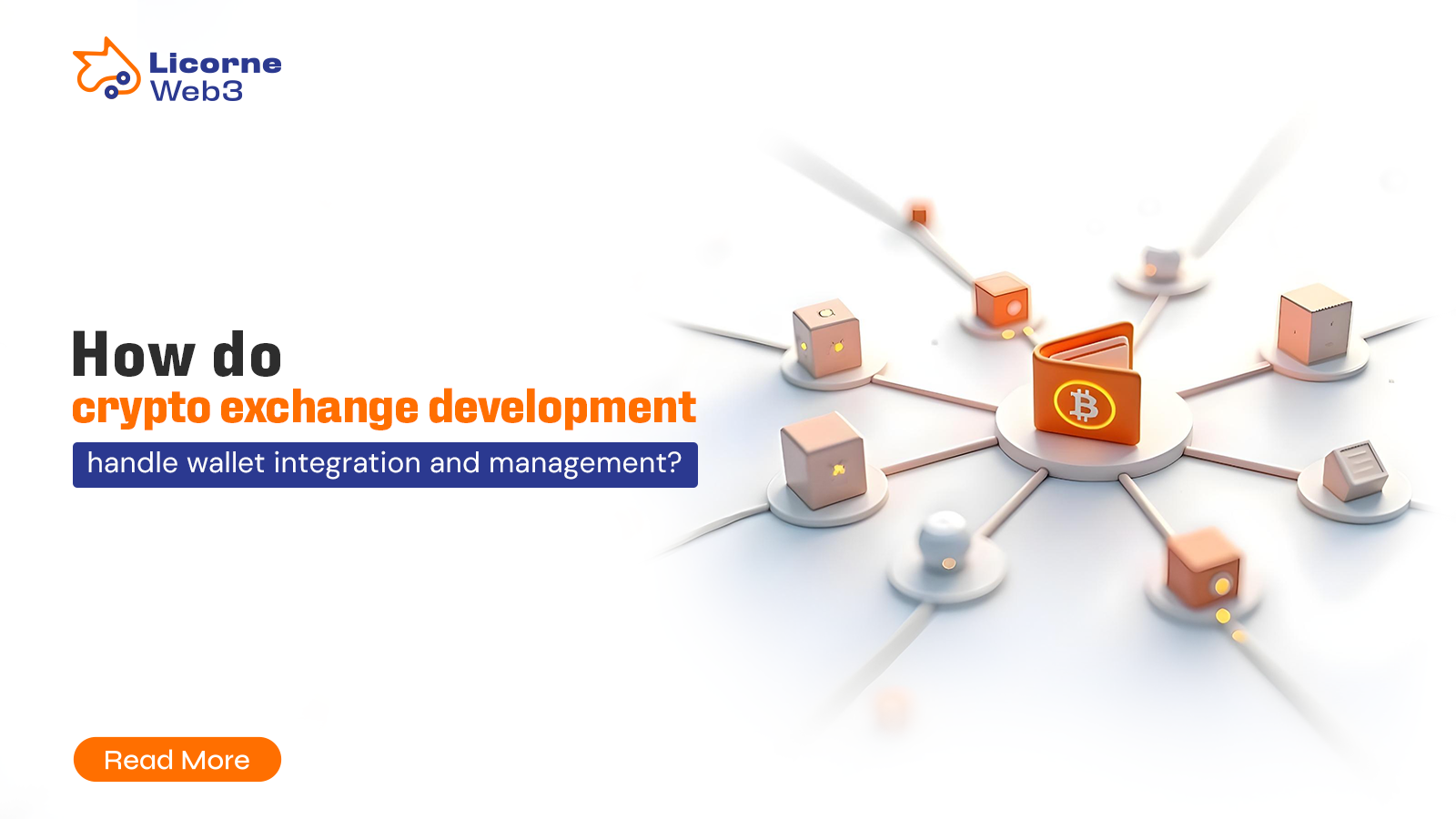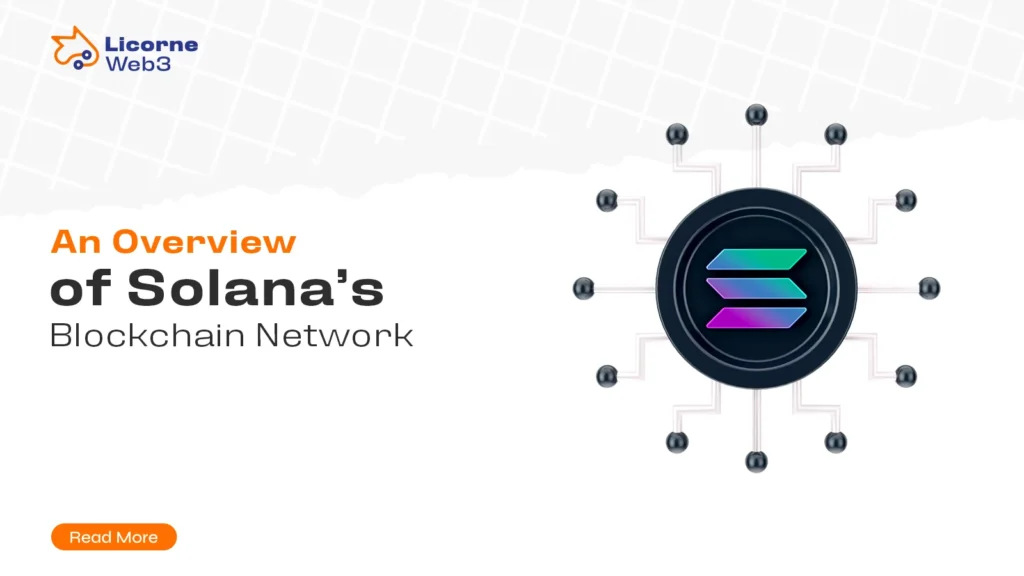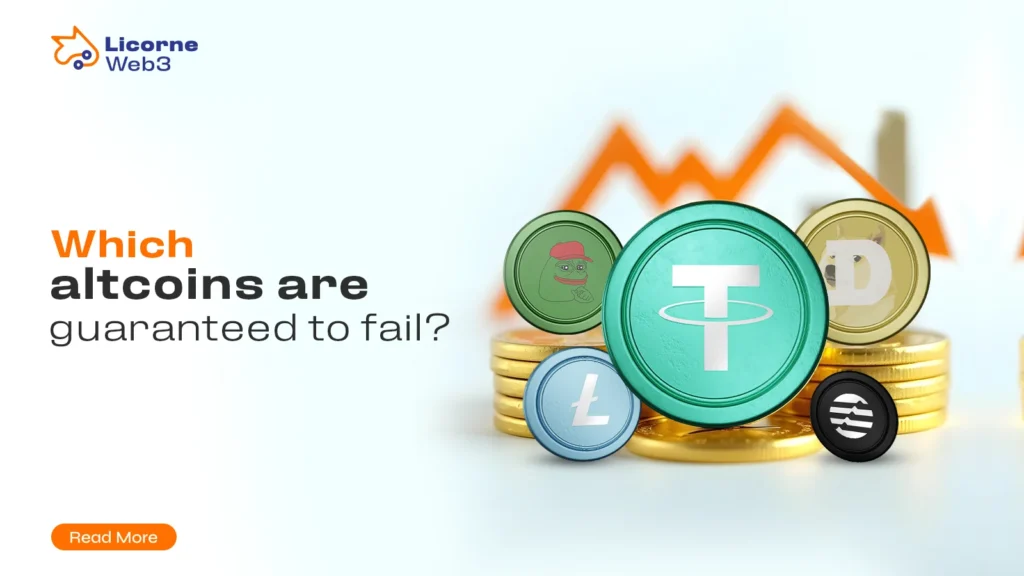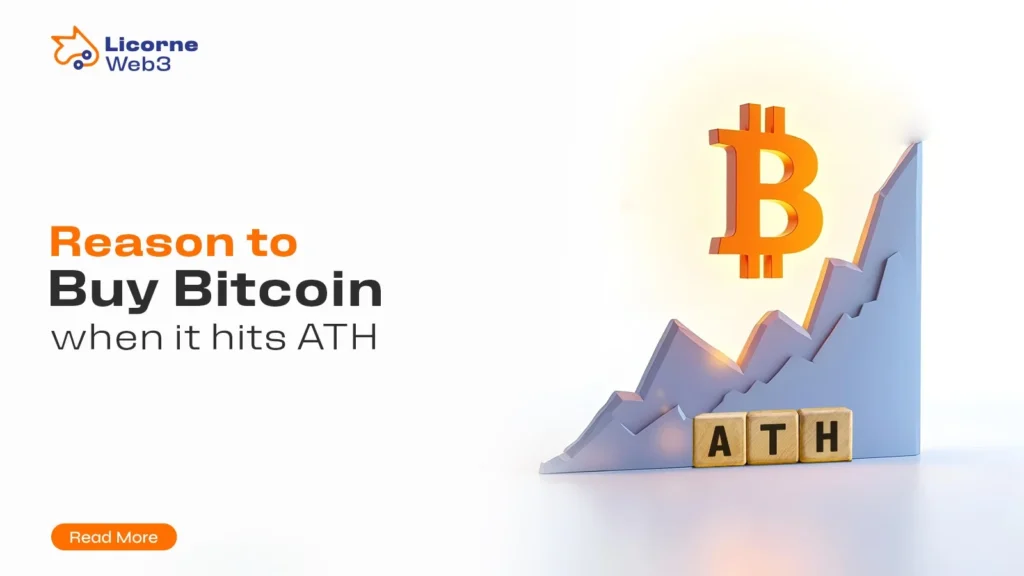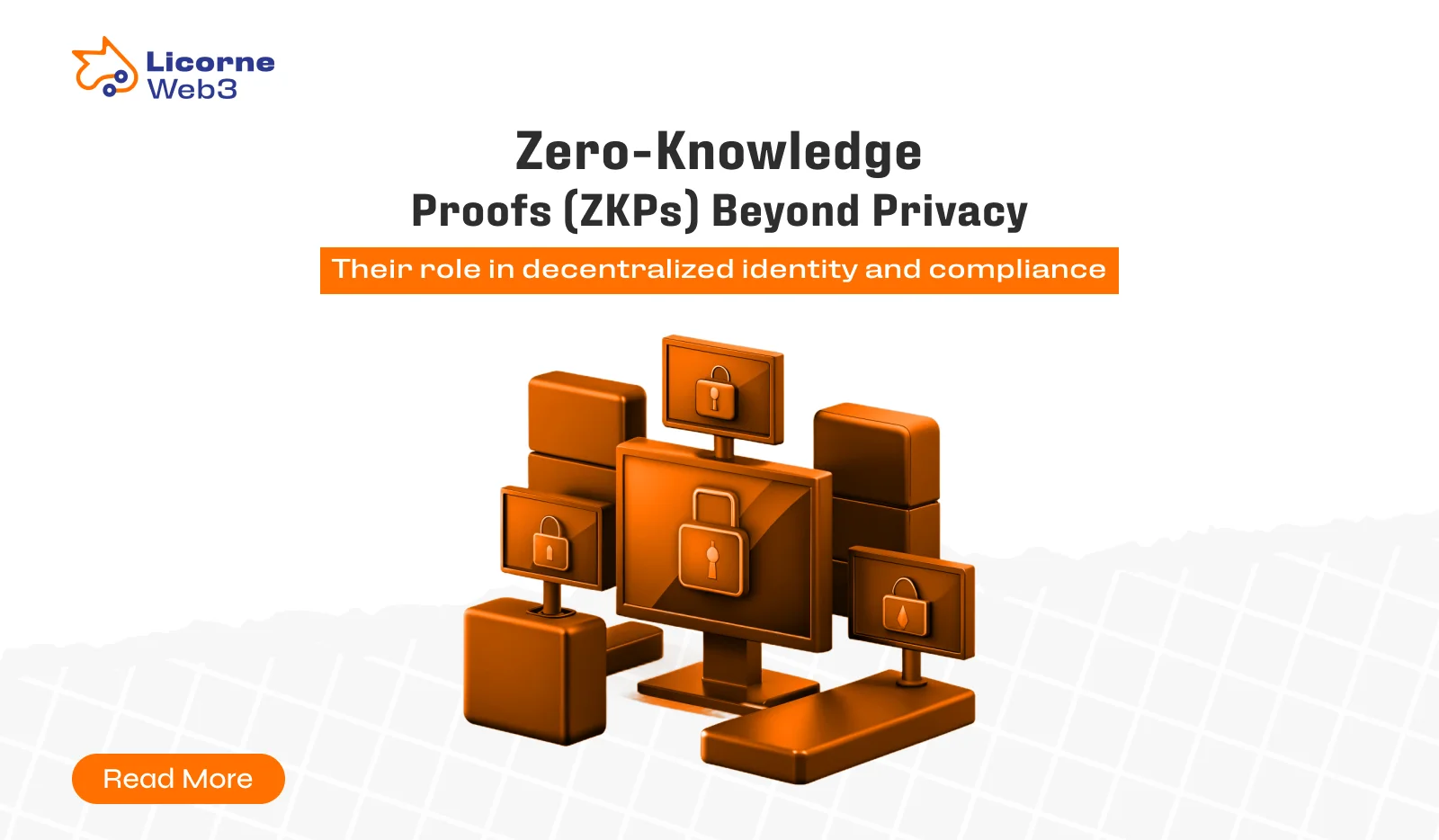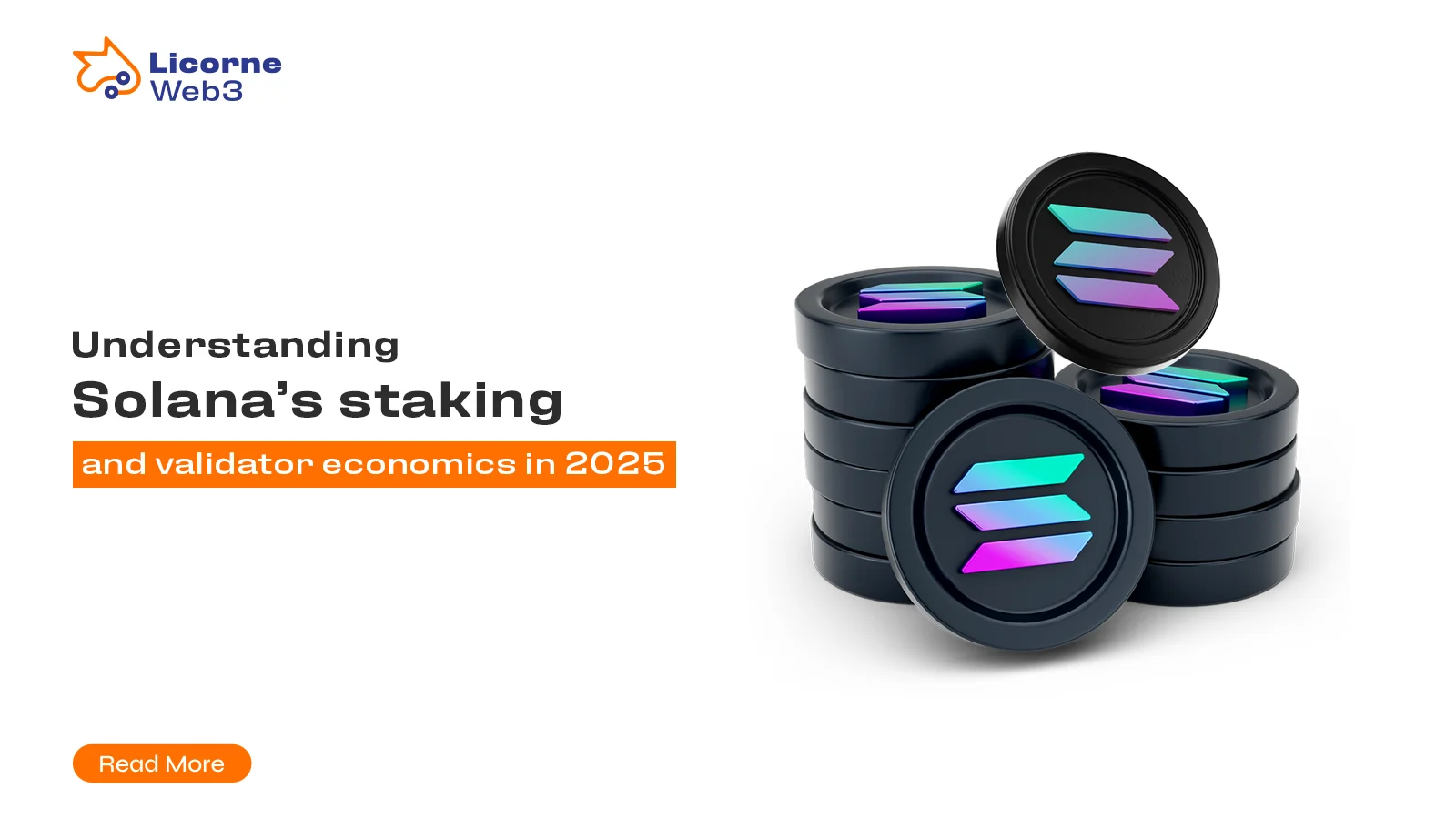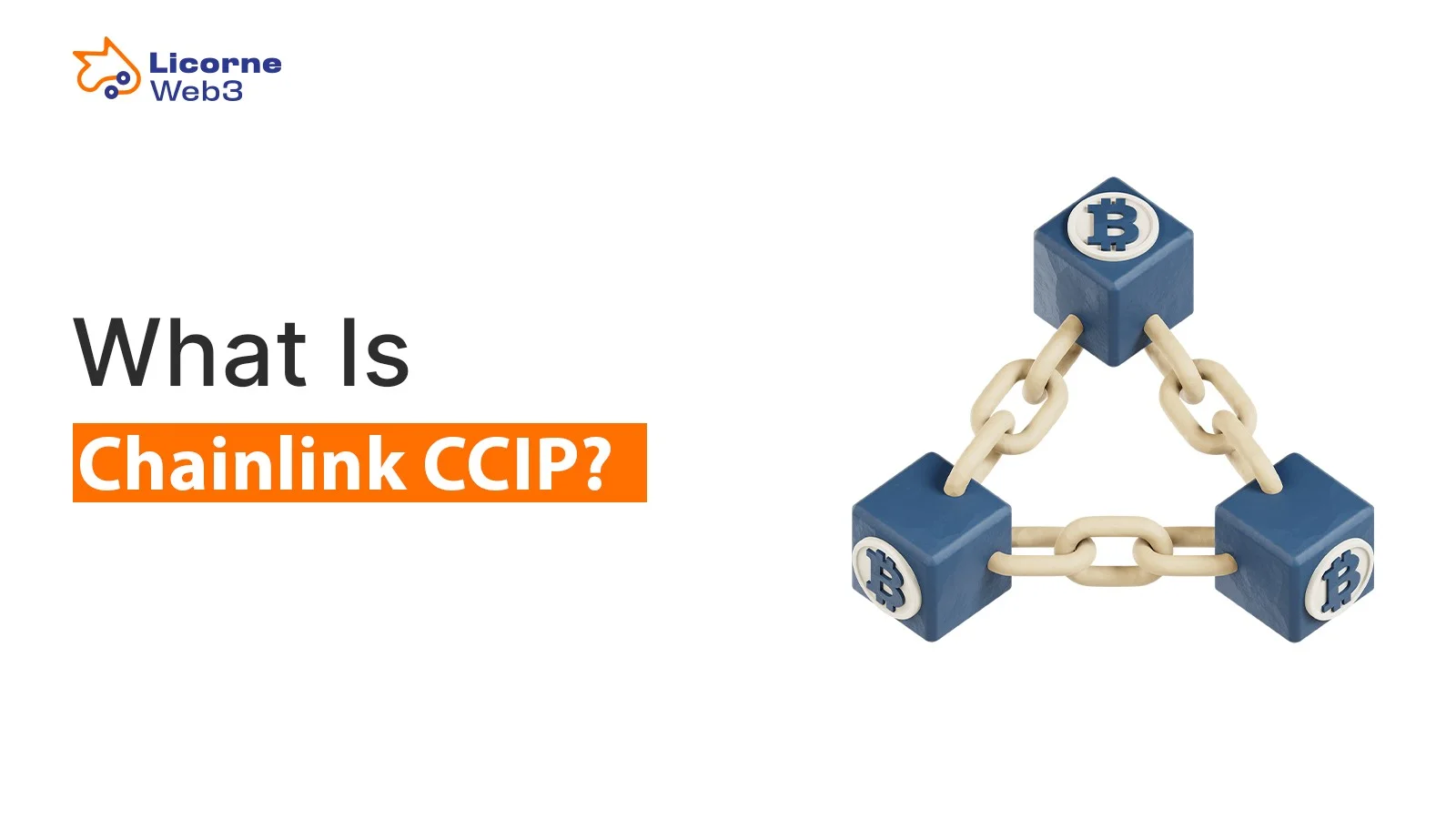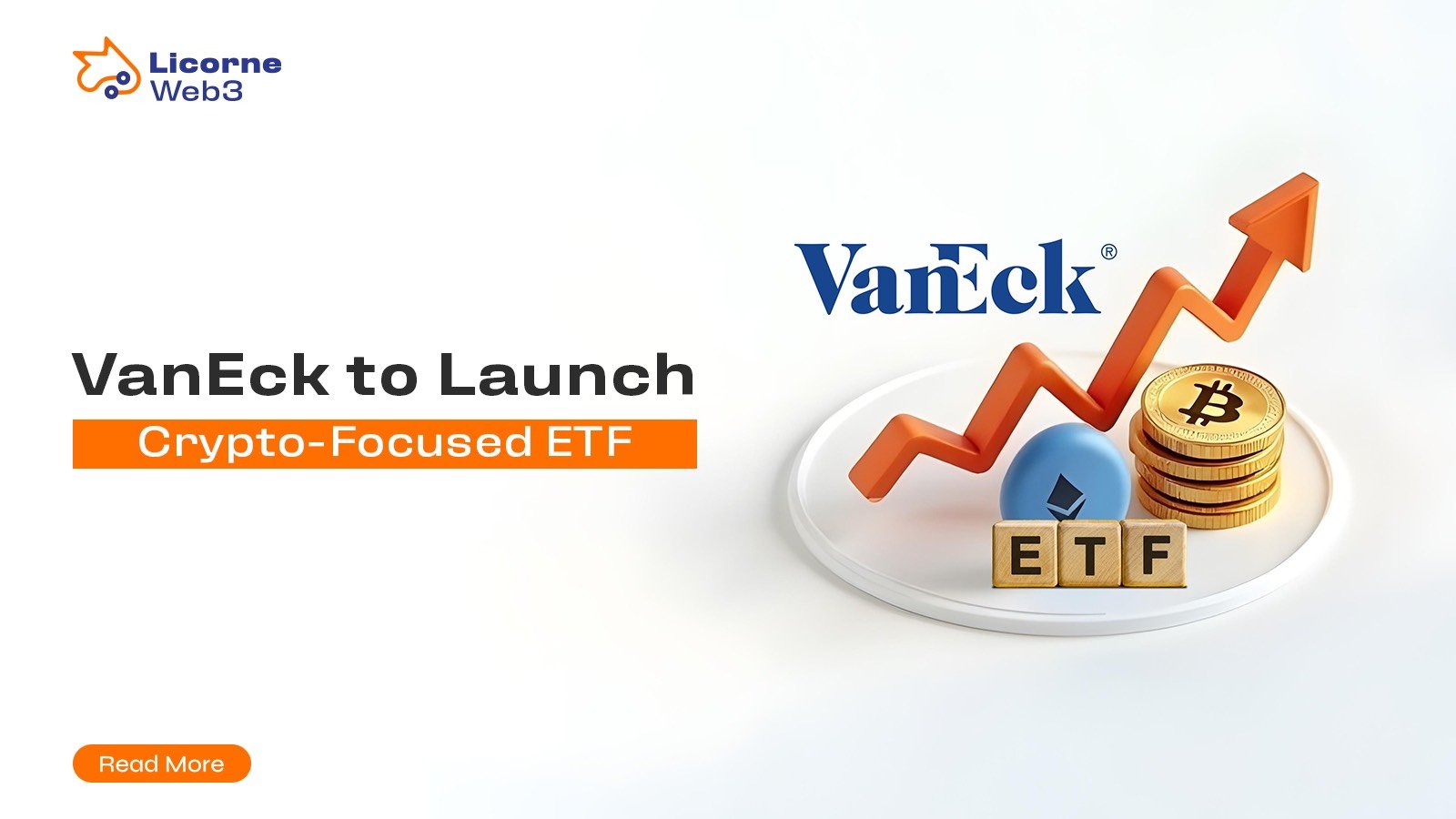The rise of cryptocurrencies has fueled the rapid expansion of crypto exchanges, where users can buy, sell, and trade digital assets efficiently. These platforms, whether decentralized exchanges or those governed by a central authority, rely on robust digital wallets to enable secure transactions.
A critical component of any crypto exchange is its wallet system, which allows users to securely store, send, and receive crypto assets. Effective wallet integration ensures seamless operations, supporting high trading volumes while safeguarding funds against potential threats such as hacks and unauthorized access.
Given the complexities involved, crypto exchange development firms employ advanced security measures like multi-factor authentication to enhance wallet protection. Their expertise in blockchain technology, security protocols, and user experience plays a vital role in delivering efficient wallet management for traders and liquidity providers.
In this blog, we’ll explore how development firms handle wallet integration and management, the challenges they encounter, and the best practices they adopt to ensure a seamless and secure experience for users in the evolving decentralized finance (DeFi) landscape.
Understanding Crypto Wallets
Before diving into wallet integration, it’s crucial to understand what crypto wallets are and how they function within the digital assets space. A crypto wallet is an essential tool that allows users to store, manage, and interact with their cryptocurrency holdings securely. Whether participating in decentralized exchanges or trading on centralized exchanges, selecting the right type of wallet ensures a safe and efficient experience.
Types of Crypto Wallets
1. Hot Wallets
- Connected to the internet, making them ideal for real-time transactions and seamless trading.
- Offers convenience for frequent use but is more vulnerable to cyberattacks and security threats.
- Used extensively in crypto trading, where instant access to funds is required.
2. Cold Wallets
- Offline wallets designed for long-term storage, providing a higher level of security against online threats.
- Less convenient for daily transactions but essential for protecting large holdings from unauthorized access.
- Often used by financial institutions, investment firms, and high-net-worth individuals who prefer enhanced security.
Crypto Wallets Based on Control
Following are types of crypto wallets based on control
1. Custodial Wallets
- Managed by a third party, such as a crypto exchange, where the private keys are held by the service provider.
- Users benefit from ease of access, automatic backups, and customer support but have less control over their funds.
- Common among beginners who prefer simplicity over managing private keys themselves.
2. Non-Custodial Wallets
- Users have complete control over their private keys, ensuring greater security and autonomy.
- Requires individuals to safeguard their seed phrases and keys to prevent loss.
- Ideal for experienced traders and DeFi users who want full ownership of their assets.
Understanding these key components is essential for selecting the right wallet type, ensuring security, accessibility, and efficiency when interacting with crypto assets across multiple networks.
Wallet Integration in Crypto Exchanges
Wallet integration is a crucial component of any crypto exchange platform, enabling users to securely interact with digital assets. By connecting the exchange to various blockchain networks, wallet integration ensures seamless transactions, secure fund storage, and robust security protocols.
Choosing the Right Wallet Type
The first step in wallet integration is selecting the appropriate wallet type. Most exchanges implement a combination of hot and cold wallets to balance security and convenience.
- Hot wallets facilitate real-time transactions, allowing traders to access liquidity instantly.
- Cold wallets, stored offline, provide higher security by protecting the majority of funds from cyber threats.
Multi-Currency Support
A crypto exchange must support multiple crypto assets to accommodate diverse trading needs. Development firms integrate wallets across various blockchains, including Bitcoin, Ethereum, and Binance Smart Chain, ensuring cross-chain compatibility. This requires adherence to each blockchain’s protocols and standards to maintain transaction integrity.
API Integration
Application Programming Interfaces (APIs) serve as the bridge between the exchange and blockchain networks. These APIs enable essential wallet functionalities, including:
- Generating wallet addresses to facilitate deposits.
- Sending and receiving transactions seamlessly.
- Querying balances and transaction history for financial transparency.
User Wallet Creation
Upon signing up, users automatically receive a wallet.
- Custodial wallets allow exchanges to manage private keys securely.
- Non-custodial wallets grant users full control over their funds, requiring them to store private keys or seed phrases safely.
Security Measures
Security is at the forefront of wallet integration, preventing potential threats while ensuring user trust. Development firms incorporate multiple security layers, such as:
- Encryption to protect sensitive wallet data.
- Two-Factor Authentication (2FA) for enhanced access security.
- Multi-Signature Wallets, requiring multiple approvals to authorize transactions, reducing fraud risks.
With these strategies, wallet integration remains a foundational aspect of decentralized exchanges, ensuring safe and efficient crypto transactions for users worldwide.
Wallet Management in Crypto Exchanges
Once wallets are integrated, managing them efficiently is crucial for ensuring seamless trading, security, and user satisfaction. Proper wallet management involves constant monitoring, maintenance, and security enhancements to support the exchange’s business model and growing user base within the digital assets market.
Transaction Management
Crypto exchange development firms implement systems to streamline crypto transactions, ensuring peer exchanges operate smoothly. This includes:
- Automated Withdrawals and Deposits: Transactions must be processed quickly and accurately to enhance the overall trading experience.
- Transaction Fee Management: Fees are adjusted based on market conditions and network congestion, ensuring fair pricing for users engaging in advanced trading tools.
Balance Monitoring
Exchanges must track wallet balances in real-time to ensure sufficient liquidity for trading. Development firms leverage automation tools to manage fund transfers between hot and cold wallets, ensuring optimal liquidity and minimizing risk.
Security Audits & Updates
Ongoing security audits are essential to protect exchange wallets from vulnerabilities. Firms employ:
- Penetration Testing: Simulating attacks to assess the system’s defenses against potential breaches.
- Code Reviews & Security Patches: Regular analysis and updates help prevent exploits and ensure strong security for users.
Compliance & Reporting
Crypto exchanges must adhere to anti-money laundering (AML) and know-your-customer (KYC) regulations, shaping trust and transparency in the digital assets market. Wallet management systems include:
- Tracking & Reporting Suspicious Transactions: Helps detect fraud and unauthorized activity.
- Audit Logs: Maintain records of all wallet activities to comply with regulatory bodies.
As peer exchanges evolve with advanced trading tools, optimizing wallet security and liquidity management will remain central to ensuring a thriving business model in the rapidly expanding digital assets market.
Challenges in Wallet Integration and Management
Crypto exchange development firms encounter various obstacles when integrating and managing secure wallets within the cryptocurrency market. Ensuring seamless transactions and maintaining user trust requires robust security measures and technical expertise across multiple layers. Here are the most pressing challenges:
1. Security Risks
Wallets are prime targets for hackers, making layers of security a key component of a successful crypto exchange platform. Protecting users’ digital assets involves implementing cold storage, multi-factor authentication, and encrypted transactions. With margin trading and other advanced trading features, exchanges must remain vigilant against potential threats such as phishing attacks and smart contract exploits.
2. Scalability & Transaction Volumes
As cryptocurrency exchanges experience rising transaction volumes, scaling infrastructure becomes crucial. Wallet systems must accommodate increased demand while ensuring efficient liquidity management and maintaining a seamless user interface. This is particularly important for platforms offering white label solutions or third-party services that rely on high-speed processing.
3. Blockchain Compatibility
Integrating wallets across multiple blockchains adds another layer of complexity. Each blockchain has unique protocols, requiring deep expertise in asset interoperability and cross-chain transactions. A crypto market with diverse token ecosystems necessitates a wallet system capable of managing various key features, such as multiple asset support and trading engine optimization.
4. Regulatory Compliance & Legal Requirements
Navigating legal requirements remains a major challenge for exchange platforms operating in global markets. Different regions impose varying compliance standards, affecting liquidity strategies and institutional adoption. Firms must ensure that their financial institution and payment gateways align with regulatory frameworks to maintain transparency and security.
As the digital assets space continues to expand, firms must adopt cutting-edge technologies and refine their wallet infrastructure to ensure smooth crypto transactions. Overcoming these challenges is essential for building trust, optimizing trading efficiency, and ensuring long-term stability in the evolving DeFi landscape.
Best Practices for Wallet Integration and Management
To navigate the complexities of crypto wallet integration, crypto exchange development firms follow key best practices that align with the decentralized nature of blockchain technology. These strategies ensure security, usability, and adaptability in an ever-evolving digital landscape while promoting a deep understanding of wallet security.
1. Use Proven Wallet Solutions
Instead of building wallets from scratch, many firms integrate proven wallet solutions like MetaMask, Trust Wallet, or Ledger. These essential components reduce development time, enhance reliability, and improve security across various crypto ecosystems.
2. Implement Multi-Layered Security
A secure wallet system is a crucial component of any exchange. Firms employ multi-layered security techniques such as encryption, multi-factor authentication (2FA), and multi-signature wallets to protect users’ funds. Regular security audits help maintain defenses against potential breaches.
3. Automate Fund Management
Efficient fund flow between hot and cold wallets ensures liquidity while reducing security risks. Automation streamlines transactions and minimizes human error, allowing exchanges to handle high-volume trading securely.
4. Provide User Education
Ensuring a deep understanding of wallet security is essential for maintaining user trust. Exchanges educate users on safeguarding private keys, recognizing phishing attempts, and securely storing funds to prevent asset loss.
5. Stay Updated on Regulations
Compliance with financial regulations and legal requirements is vital for exchange longevity. Adapting wallet systems to meet evolving policies ensures continued operation and credibility in the digital assets market.
The Future of Wallet Integration and Management
As the crypto industry continues to evolve, wallet integration and management will incorporate advanced technologies and enhanced key features to support seamless financial transactions.
1. Decentralized Wallets
With the rise of decentralized finance (DeFi), non-custodial wallets provide users full control over their funds. These wallets eliminate reliance on third-party entities and align with the core principles of blockchain technology.
2. Cross-Chain Compatibility
Supporting multiple blockchains through cross-chain compatibility is becoming increasingly important. Wallets will facilitate asset transfers across different networks, increasing accessibility and efficiency.
3. Enhanced Security Features
Future wallets will integrate cutting-edge security features like biometric authentication and hardware wallet compatibility, further securing user funds and reducing vulnerability.
4. User-Friendly Interfaces
Improved UI design will make crypto wallets more accessible to non-technical users, simplifying navigation and fostering mainstream adoption of digital assets.
As the digital landscape shifts toward more sophisticated financial tools, exchanges must continue refining their approach to wallet management—ensuring security, usability, and compliance remain at the forefront.
Conclusion
Wallet integration and management are critical components of any crypto exchange, ensuring the secure storage, transfer, and accessibility of digital assets. Whether on decentralized exchanges or platforms governed by a central authority, wallets serve as essential tools for users to interact with the cryptocurrency ecosystem.
Crypto exchange development firms play a vital role in implementing and maintaining secure, efficient, and user-friendly digital wallets. By leveraging advanced technologies, such as multi-factor authentication, cold storage, and encryption protocols, they safeguard users from potential security breaches. Robust risk management strategies are essential in preventing unauthorized access and protecting funds from cyber threats.
Beyond security, efficient wallet management enhances user experience by ensuring faster transaction times, enabling seamless deposits and withdrawals, and optimizing liquidity management for high-frequency trading. Exchanges must monitor transaction volumes in real time, balancing funds between hot and cold wallets while preventing liquidity shortages.
As regulatory frameworks evolve, firms must stay updated on legal requirements, ensuring compliance with anti-money laundering (AML) and know-your-customer (KYC) laws. Proper wallet integration plays a crucial role in achieving transparency, preventing fraudulent transactions, and fostering user trust in the crypto market.
Looking ahead, the digital landscape will continue to advance, with innovations in cross-chain compatibility, non-custodial wallets, and biometric authentication reshaping crypto exchange platforms. The future of wallet integration is promising, offering greater accessibility, security, and efficiency for traders navigating this complex landscape.
Author
-

Blockchain Writer & Web3 Expert
View all posts
Areej Maqbool is a Blockchain writer and thought leader with over 5 years of experience in crafting compelling narratives and insights on blockchain and Web3 innovation. Her expertise spans the intersection of technology, business, and society, with a focus on decentralized applications, smart contracts, and blockchain adoption.
Key Expertise:
- Blockchain and Web3 storytelling
- Technical writing for blockchain and Web3 projects
- Thought leadership and opinion editorials
- Research and analysis on blockchain and Web3 trends


